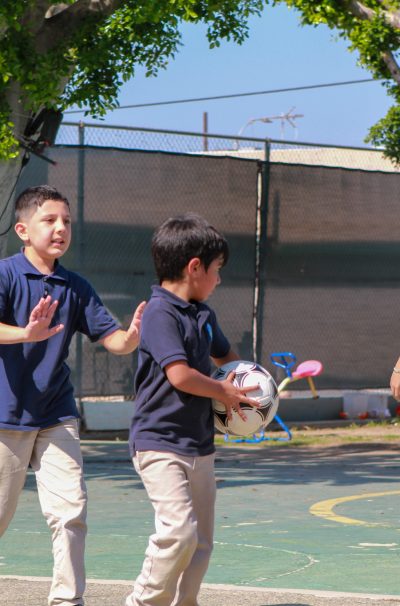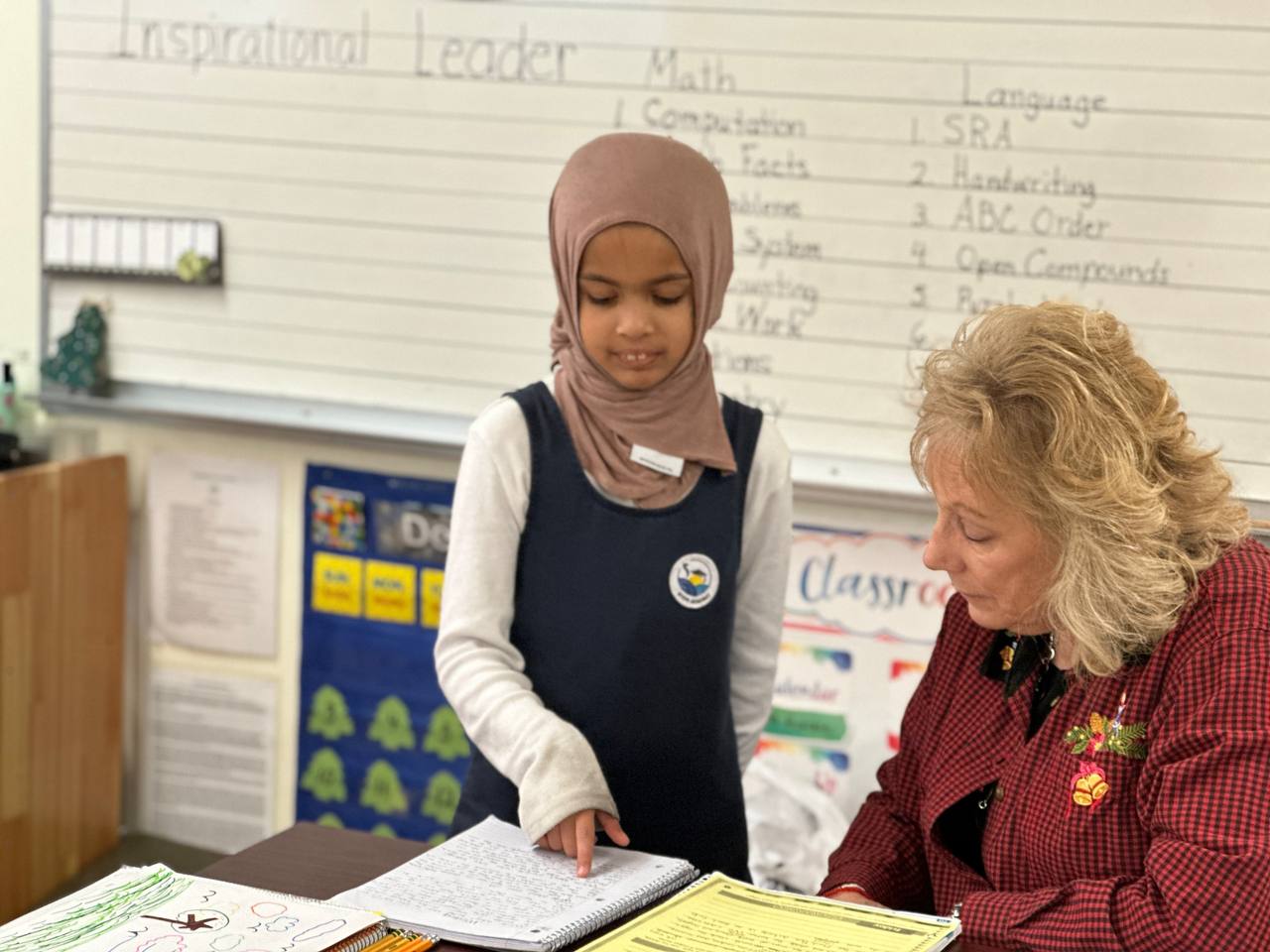A Hands-On Path to Lifelong Learning
Montessori Program
Our authentic Montessori program lets children explore, create, and thrive every single day at our Anaheim campus.

Montessori Curriculum Overview
Guide Academy uses the AMI, IAPM, and AMS Montessori method for preschool to sixth grade, nurturing students from ages 3 to 12 in a hands-on, child-centered learning environment.
Child-Centered Excellence
Why Montessori Works
Hands on, self paced lessons build curiosity, confidence, and lifelong critical thinking.
Independence
Children learn to make choices, manage tasks on their own, and build confidence every day.
Creativity & Curiosity
Our prepared environment invites exploration, as students dive into topics they love and drive their own learning.
Mixed Age Classes
Children of different ages work side by side, fostering a strong community spirit and shared learning.
Hands On Materials
Specially designed tools turn abstract concepts, math, language, and science into tangible lessons.
Guiding Growth at Every Stage
Planes of Development
Every stage of growth is a chance to inspire, challenge, and prepare our students for a lifetime of achievement.
Where it starts
First Plane
(3 to 6 Years)
In this foundational stage, children learn through their senses and movements. Activities like pouring, tracing sandpaper letters, and building the pink tower refine motor skills and concentration.
By age five, most students are reading and performing simple mathematical computations, laying the groundwork for all future learning.
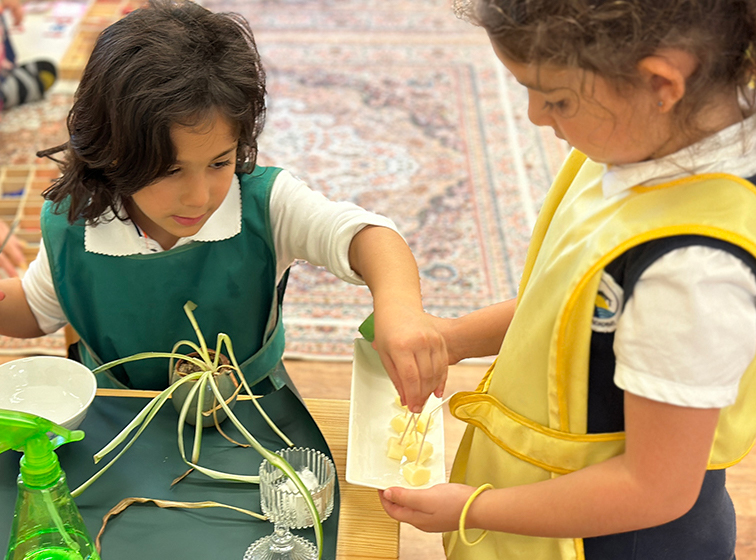
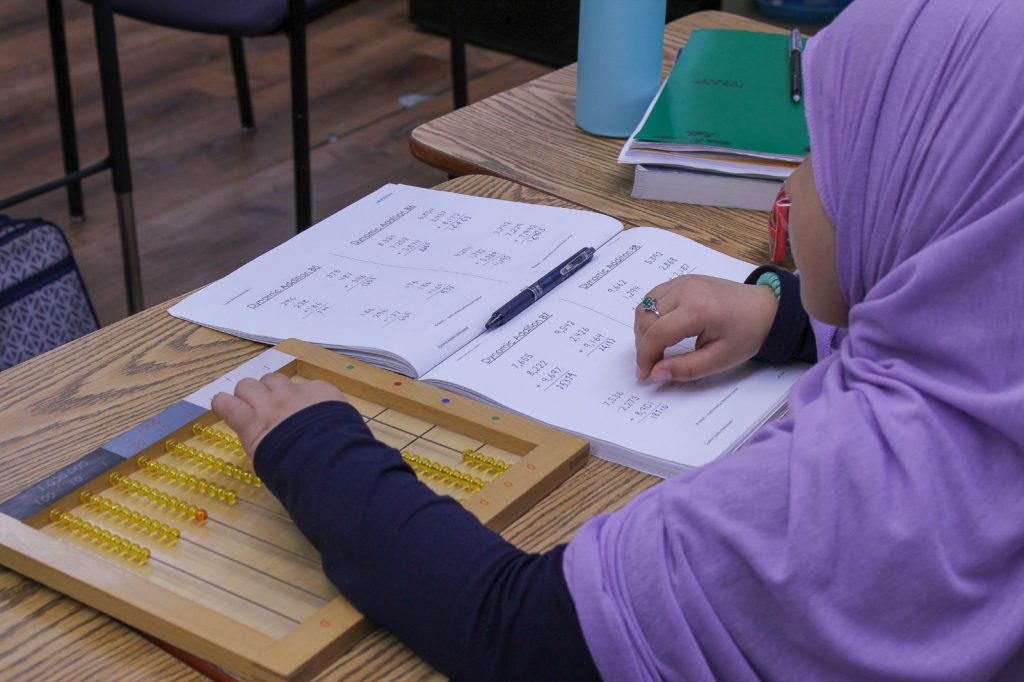
Think. Create. Lead.
Second Plane
(6 to 12 Years)
Students move into abstract reasoning, exploring Great Lessons, scientific inquiry,
and creative writing. They develop a sensitivity for imagination and grow through
social interaction.
By age twelve, they are writing significantly more creative
essays with sophisticated sentence structures, while also honing research skills
and collaborative problem-solving.
Nurturing Potential Step by Step
Subject Areas
Ethics (Islamic Studies)
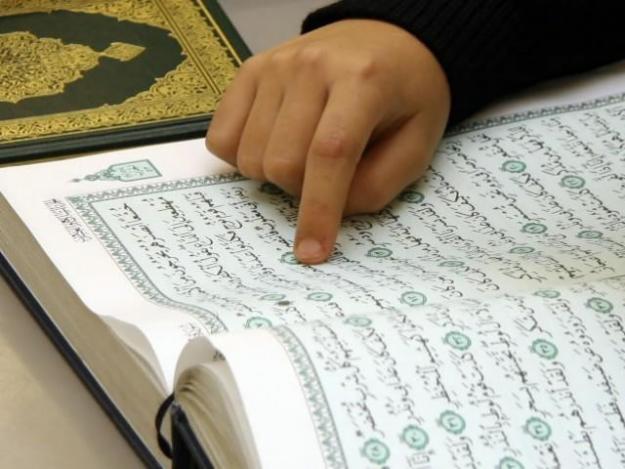
Our Ethics curriculum is structured around four foundational disciplines: Aqaid (Beliefs), Akhlaq (Character), Fiqh/Ahkam (Jurisprudence), and Quran. In elementary grades, we use the Kisa Kids curriculum with age-appropriate delivery— storytelling and hands-on activities in lower elementary, and guided discussions and small projects in upper elementary. In the IB years, students analyze classical Islamic texts and study the tafsir of select duas and hadith to build critical thinking, connect principles to real-life choices, and appreciate contemporary relevance. This learning is reinforced by our school-wide Honor Code and service learning, cultivating integrity, compassion, and responsible leadership.
Practical Life
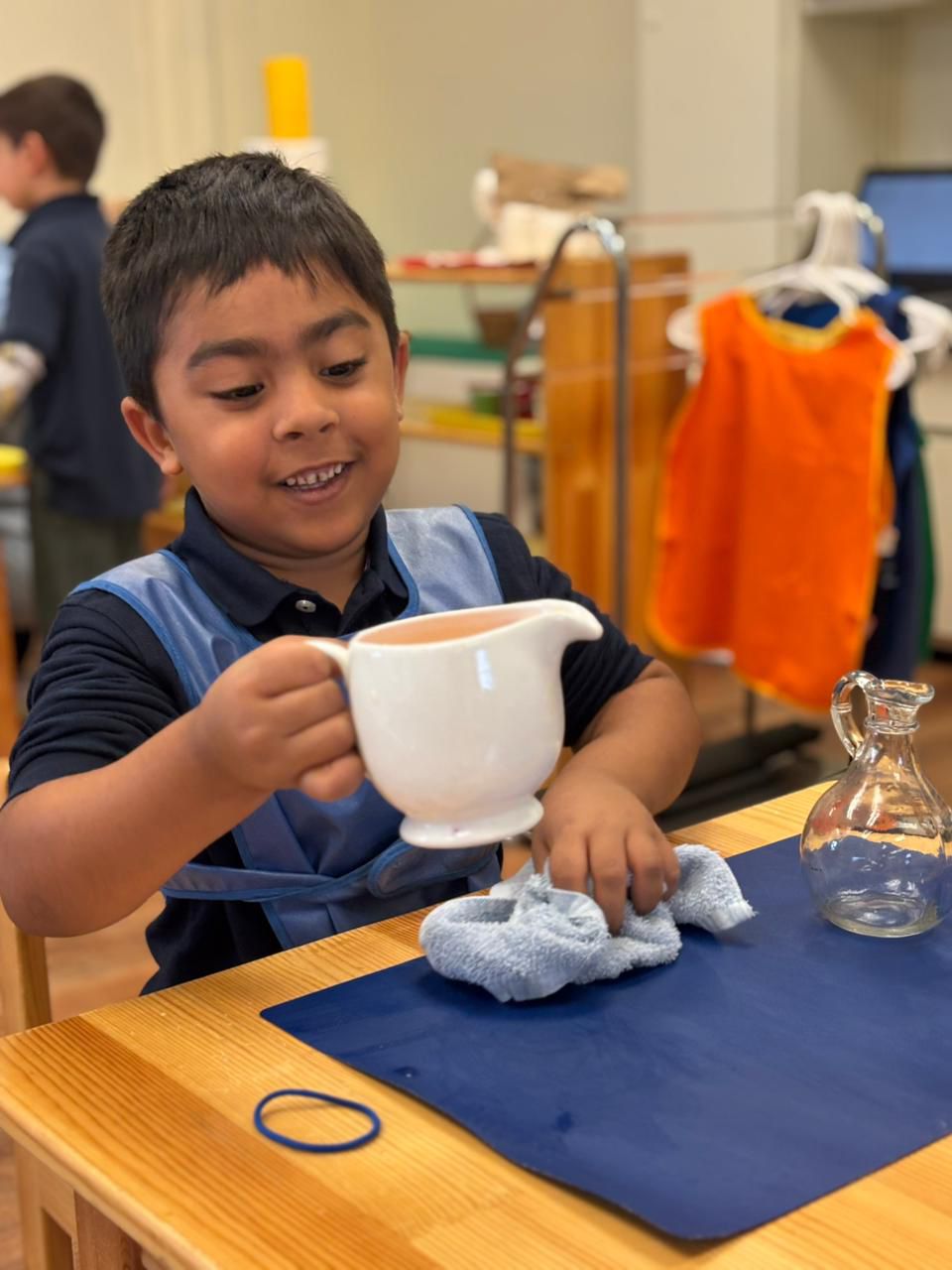
A child’s inner need is to master self and environment while relating socially to others. Through activities such as buttoning, bow tying, lacing, pouring, scooping, and sporting, students build hand eye coordination and focus. Lessons like washing a table, arranging flowers, preparing food, folding napkins, walking in line, and silent games foster polite manners and independence.
Mathematics
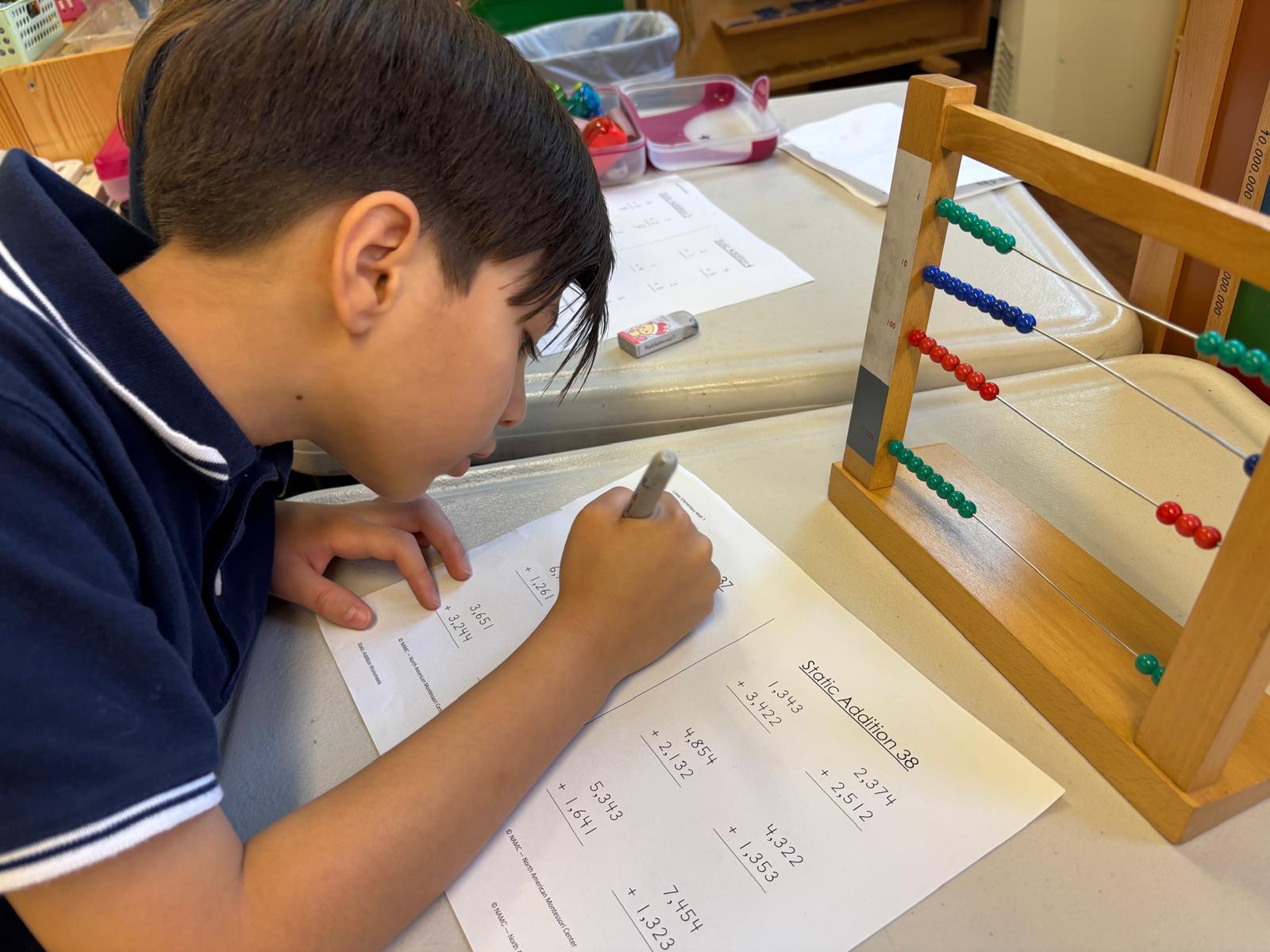
Mathematics provides building blocks that help children organize and categorize information while experiencing the natural order of the world. Children explore concepts from zero to ten, place value, and fundamental operations including addition, subtraction, multiplication, and division. Three dimensional, multi sensory materials make these lessons intuitive and engaging.
Language
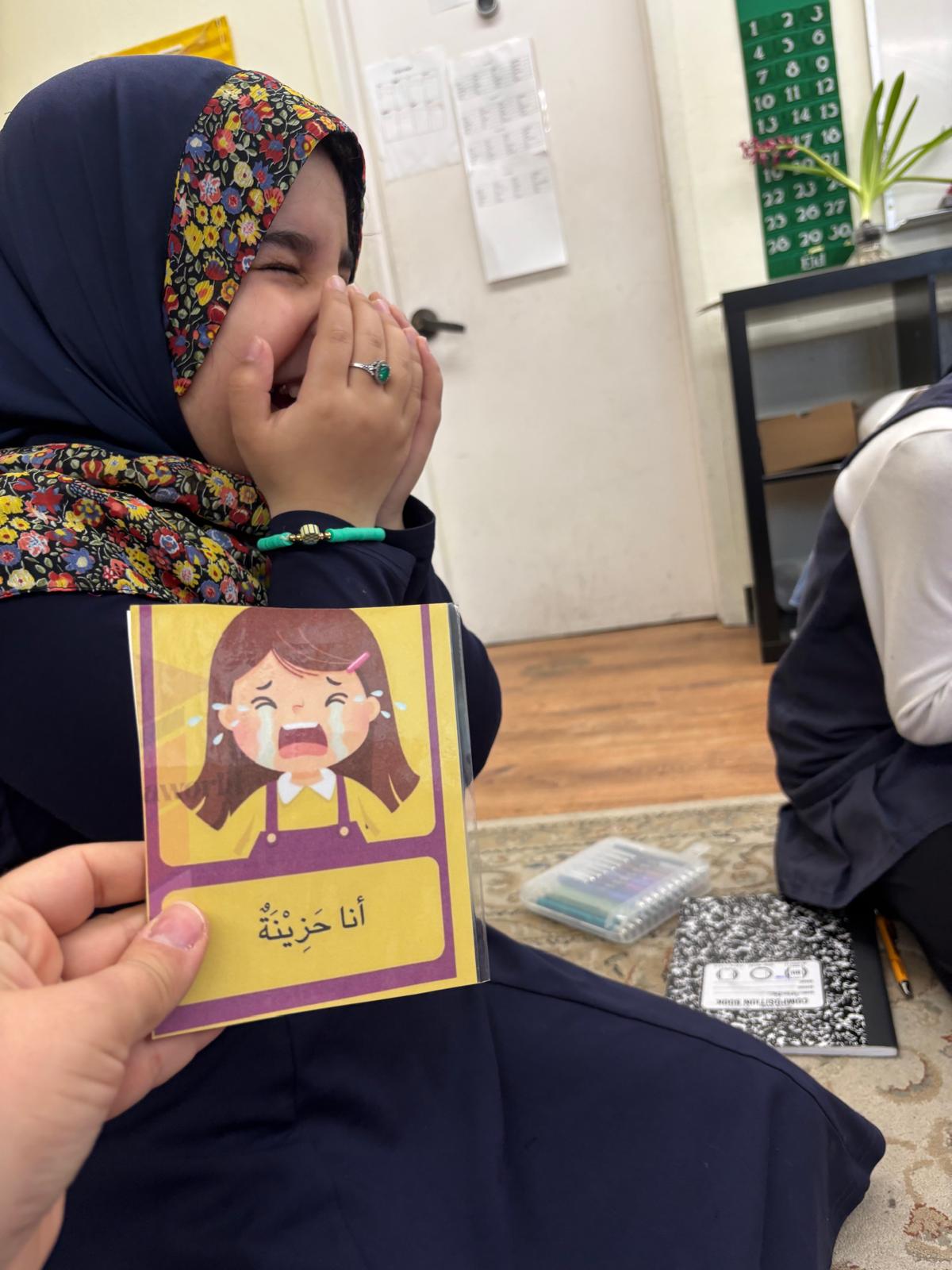
Language education lays groundwork for communication and social intellect. Early childhood is when language forms and foreign sounds can be learned perfectly. Students starting at age two and a half will be reading, writing, and analyzing parts of speech at third grade level by the end of kindergarten.
Sensorial
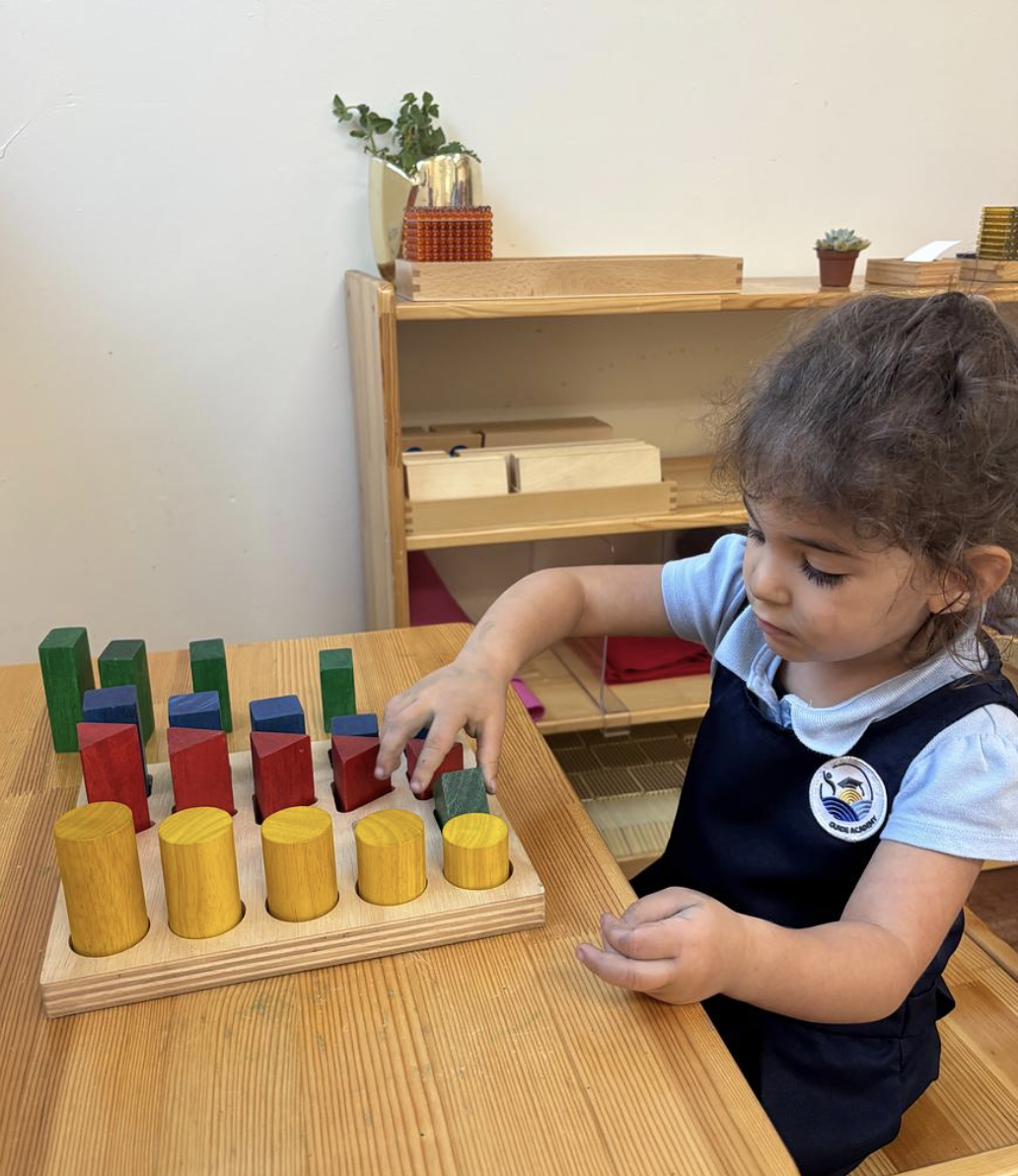
All knowledge comes through the five senses. Sensorial activities refine intellect through tools like the pink tower of sequential cubes, broad stairs of wooden blocks, color tablets, sound boxes, and knobless cylinders, building foundations for future learning.
Culture
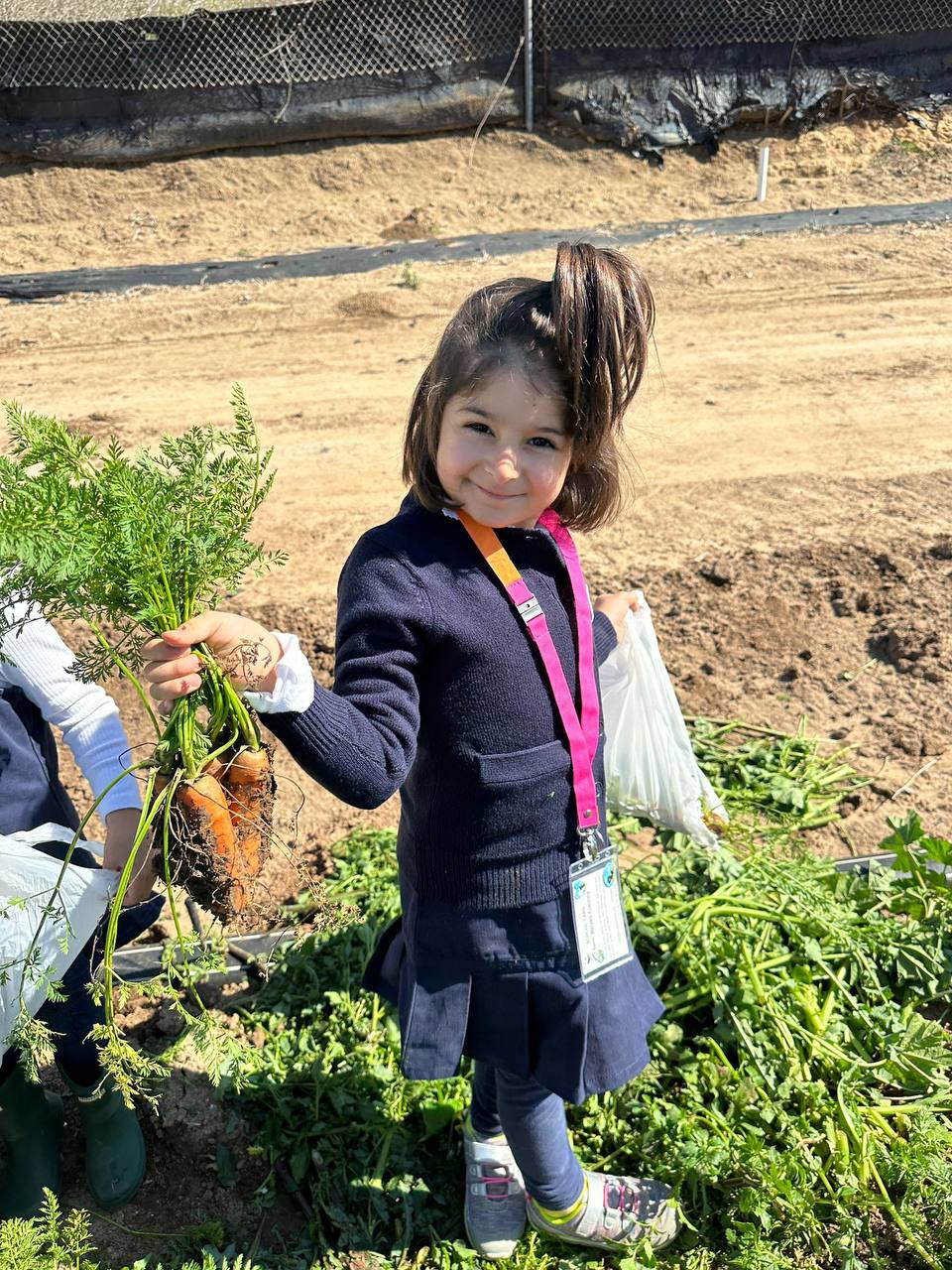
Children love botany, zoology, anatomy, geography, and astronomy. Guide Academy exposes students early to these subjects, helping them learn about their natural environment rather than rely on fiction.

